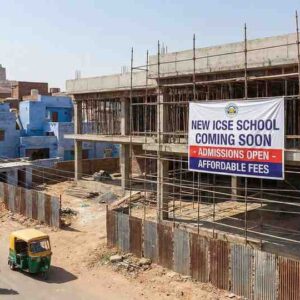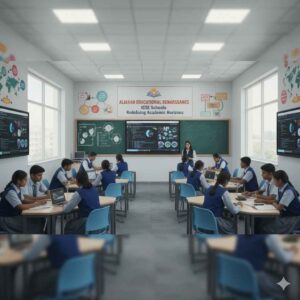In the labyrinth of educational choices, private school fees stand as towering monoliths often perceived as benchmarks of superior education. But does the steep cost truly correlate with unparalleled educational quality, or is it a mere mirage in the desert of educational options? As families grapple with the escalating costs of private education, it’s imperative to dissect whether these hefty investments are justified or if they’re merely a financial echo of a bygone era of elitist education.
The Myth of Monetized Meritocracy
Private schools, with their lofty fees, often promise a pantheon of educational excellence, boasting smaller class sizes, extensive extracurricular options, and plush facilities. But beneath the veneer of exclusivity lies a critical question:Are these financial outlays yielding proportionate educational returns?
Recent educational research suggests that the correlation between high fees and academic superiority is tenuous at best. According to a study by the National Education Policy Center, while some private institutions do offer distinctive programs that may enhance student experience, many of these benefits are accessible at less prohibitive costs in other less exorbitantly priced institutions. The prestige associated with high fees often stems more from historical reputation and societal perceptions rather than clear, empirical advantages in student outcomes.
Diminishing Returns on Investment
As tuition rates soar, the return on investment (ROI) in private education warrants scrutiny. Are families really seeing a return that justifies the steep fees, or are they paying for an intangible sense of status? ROI in education should not solely be evaluated on the basis of academic results but also on the holistic development of the child including creativity, emotional intelligence, and societal integration which are less dependent on the institution’s fees and more on its educational ethos and pedagogical approach.
Moreover, the escalating cost of private education is not always synonymous with innovative teaching methodologies. In many cases, these institutions maintain traditional, sometimes antiquated, teaching methods that do not align with modern educational demands. Progressive educational models that embrace technology and real-world problem-solving are often found in more dynamically priced or even public institutions.
The Socio-Economic Divide and Educational Equity
High tuition fees inevitably perpetuate a socio-economic divide, limiting access to quality education to a privileged few. This exclusivity contradicts the fundamental principle that education should serve as a great equalizer in society. The stratification leads to an educational ecosystem where opportunities and advancements are hoarded rather than shared, fostering a system of inequality that extends beyond school gates and into broader society.
Assessing Value Beyond the Price Tag
In the quest for the best educational pathways, parents and guardians must assess the value beyond the price tag. Factors such as student-teacher ratios, the diversity of the curriculum, and the quality of student support services are crucial. More importantly, the school’s commitment to fostering an inclusive and supportive community that promotes personal as well as academic growth should be paramount in the decision-making process.
Parents are increasingly finding that less expensive or public alternatives offer comparable, if not superior, educational outcomes. These institutions often provide robust educational programs with a commitment to teaching adaptability and resilience—skills that are indispensable in the contemporary world.
Conclusion: Rethinking Educational Investment
It’s time for a paradigm shift in how we evaluate the worth of education. The notion that “expensive is better” in the realm of private schooling must be re-evaluated against a backdrop of changing educational needs and economic realities. As educators and parents, the focus should be on transparency, outcome-based assessments, and inclusivity in educational opportunities.
The true measure of a school should not be its fees but the quality and breadth of education it provides and its ability to equip students with the skills necessary for success in an ever-evolving world. This realignment in perspective is not just beneficial but essential for crafting educational environments that are both enriching and equitable. The dialogue about educational value must move beyond fees and delve deeper into the substance and outcomes of the learning provided. Only then can we ensure that our investments in education are both wise and effective, providing young learners with the tools they need to thrive in the future.













